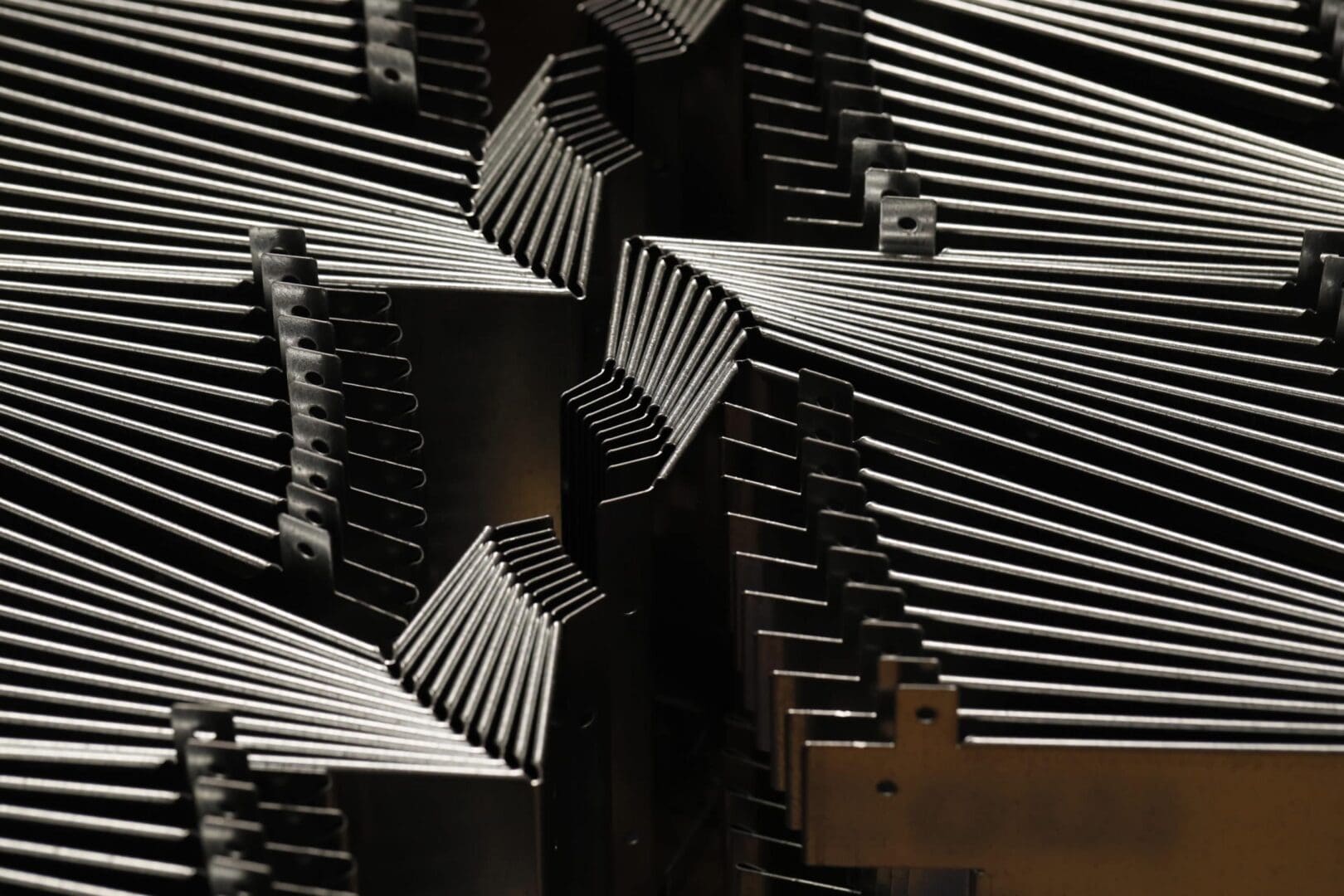Estes knows that it is important to identify from the beginning what material for which the part will run. In most cases, our customers know clearly which type of material they would like us to use. However, there are times when we can assist a customer with identifying what material will be best to use. Today, our focus will be on aluminum.
Aluminum
The dash (-) refers to hardness. For example, –H32 means the customer is asking for Aluminum at ¼ hard. Below are some of the more common choices we see at Estes.
5052-H32
Description: This is the most common aluminum requested at Estes. This is the highest strength alloy of the more common non heat-treatable grades of aluminum. Fatigue strength is higher than most aluminum alloys. In addition this grade has particularly good resistance to marine atmosphere and salt water corrosion. It has excellent workability. It may be drawn or formed into intricate shapes and its slightly greater strength in the annealed condition minimizes tearing that occurs in 1100 and 3003. It works very well on a laser.
Applications: Used in a wide variety of applications from aircraft components to home appliances, marine and transportation industry parts, heavy duty cooking utensils and equipment for bulk processing of food.
3003-H14
Description: This is the most widely used of all aluminum alloys. It is essentially commercially pure aluminum with the addition of manganese which increases the strength some 20% over the 1100 grade. Thus, it has all the excellent characteristics of 1100 with higher strength. It has excellent corrosion resistance and workability. It may be deep drawn or spun, welded or brazed. It is non heat treatable. While some lasers do not cut 3003, Estes can do so using its fiber laser.
Applications: cooking utensils, decorative trim, awnings, siding, storage tanks, chemical equipment.
6061-T4 and 6061-T6
Description: 6061 is the least expensive and most versatile of the heat-treatable aluminum alloys. It has most of the good qualities of aluminum. It offers a range of good mechanical properties and good corrosion resistance. It can be fabricated by most of the commonly used techniques. In the annealed condition it has good workability. In the T4 condition fairly severe forming operations may be accomplished. The full T6 properties may be obtained by artificial aging. It is welded by all methods and can be furnace brazed. The T4 is soft and the T6 is hard making it harder to form. The T6 is so hard that it is impossible to form sharp edges. You will have large radii (almost 8x the material thickness).
Applications: This grade is used for a wide variety of products and applications from truck bodies and frames to screw machine parts and structural components. 6061 is used where appearance and better corrosion resistance with good strength are required.
Source: General Aluminum Information








